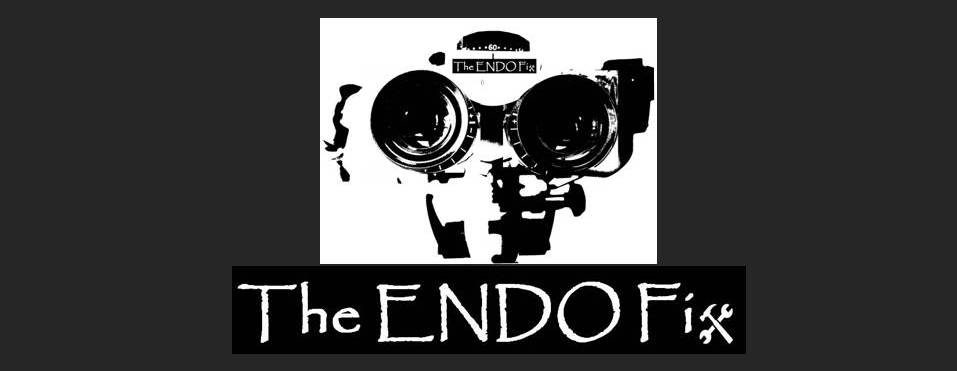The intersection of scopes, filters, composite, and light can lead to some confusion and possibly unsafe clinical habits. So lets get the whole story straight and make sure our working habits are healthy as well as productive.
Light cure composites set when they are exposed to a light energy at a set wavelength of light. The composite has a photo-initiator called camphorquinone and an accelerator. The activator present in light activated composite is diethyl-amino-ethyl-methacrylate (amine) or diketone. They interact when exposed to light at wavelength of 400-500 nm, i.e, blue region of the visible light spectrum and cause the composite to set.

Sunlight, ambient light, and all other white light have the entire spectrum. So in the operatory, the ambient light will have enough blue light to make composite eventually cure. And your scope light with all its fabulous power will totally cook your composite. Additionally, the blue light with its low wavelength and high energy has the potential to cause harm to your eyes. Macular degeneration, retinal problems, and possibly cataracts are on the table eye damage wise. In addition, blue light is believed to affect mood and sleep among other things. Fortunately, there are filters that filter out the blue light.
Looking at the color wheel which represents the colors (ROYGBIV) and their opposites, you can see the opposite of blue is orange. So these orange filters will filter out the blue light.

Which comes in super handy when working under the scope doing composite work:

We do all our bonding using the orange filter in the scope. And here’s where some people get bamboozled.

Awash in orange light it’s easy to think that your scope filter is protecting you during the cure process.
Oh contraire monfraire!
If you were to remove the light from the back of the scope, and hit a cure, you’ll notice there is no difference whether the filter is applied or not.

The filter isn’t in the column at all. Its where the fiberoptic/liquid cable enters the back of the scope.

It’s this little guy here…

So when it’s time to cure, either look away out of the scope or don some protective eye wear.
In the case of performing a custom resin matrix, its eye wear for the both of us. Routine composite work, I usually just close my eyes till I hear the beep.
